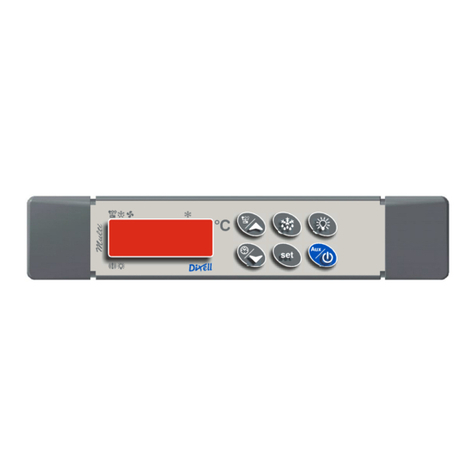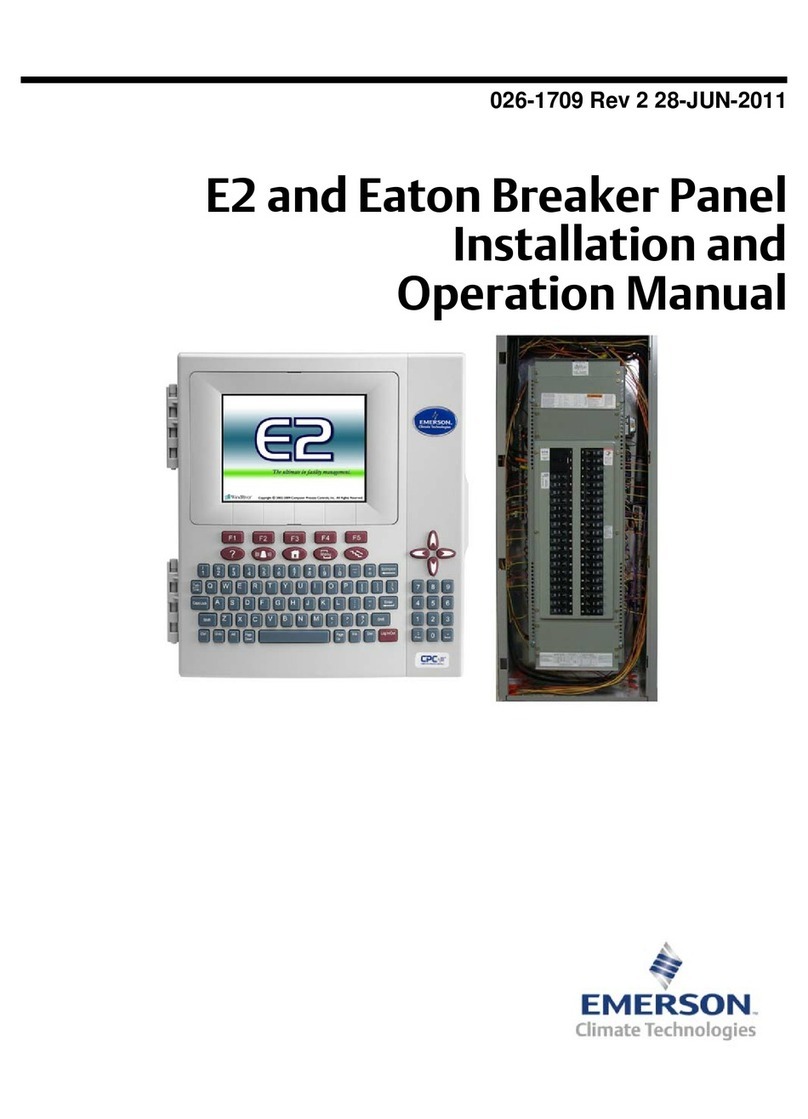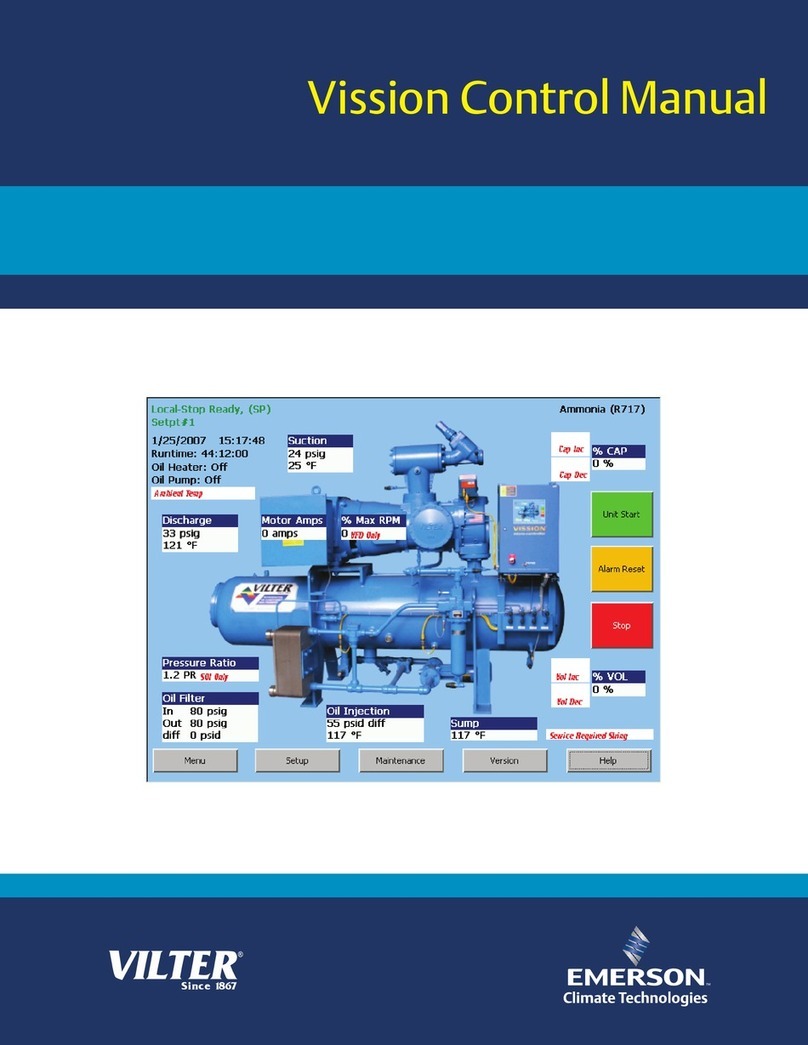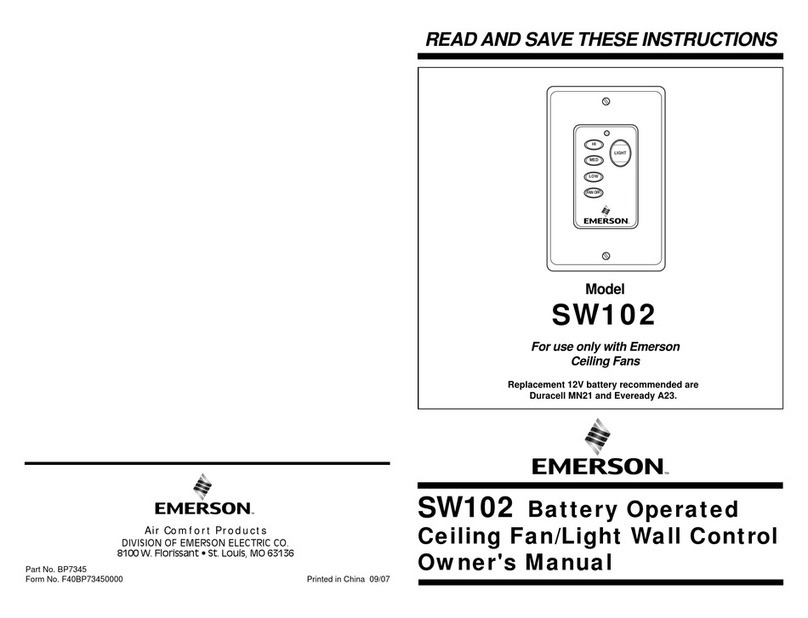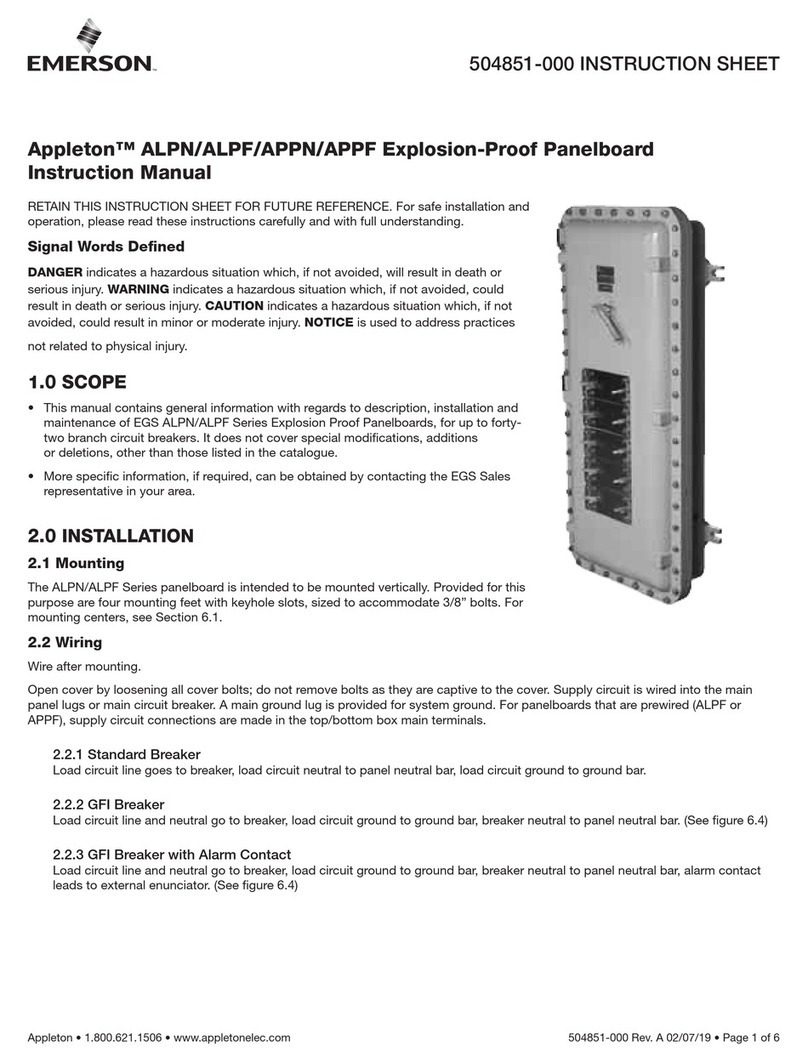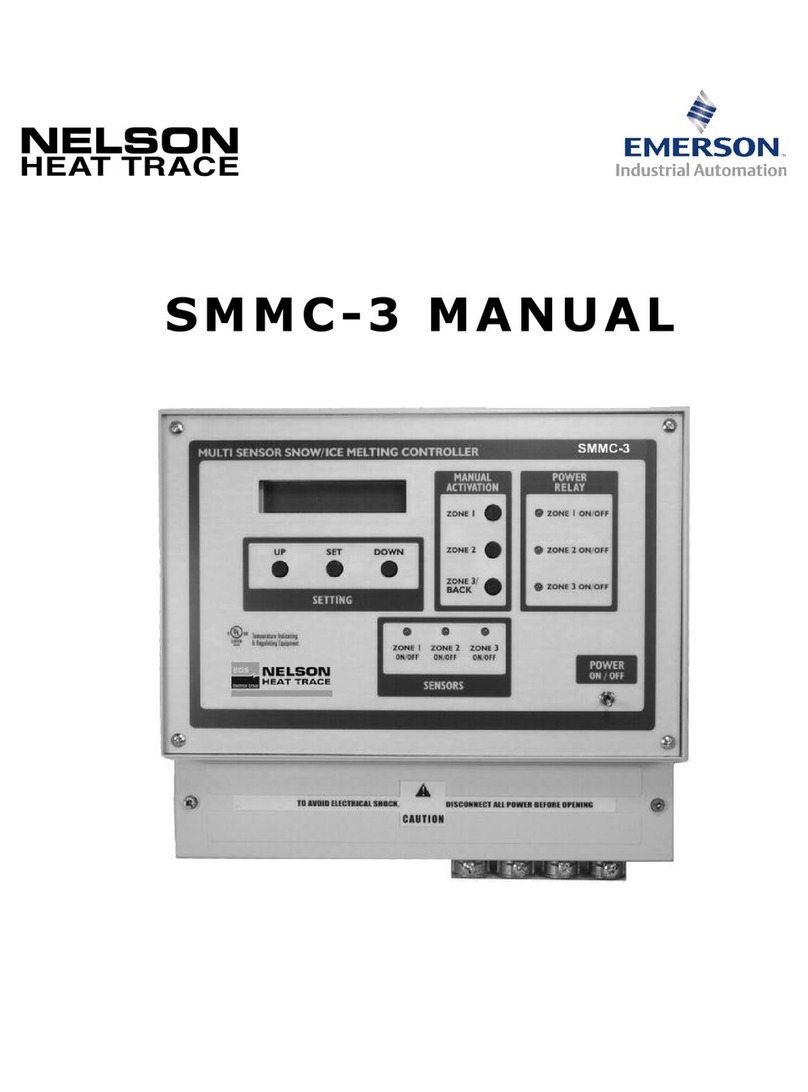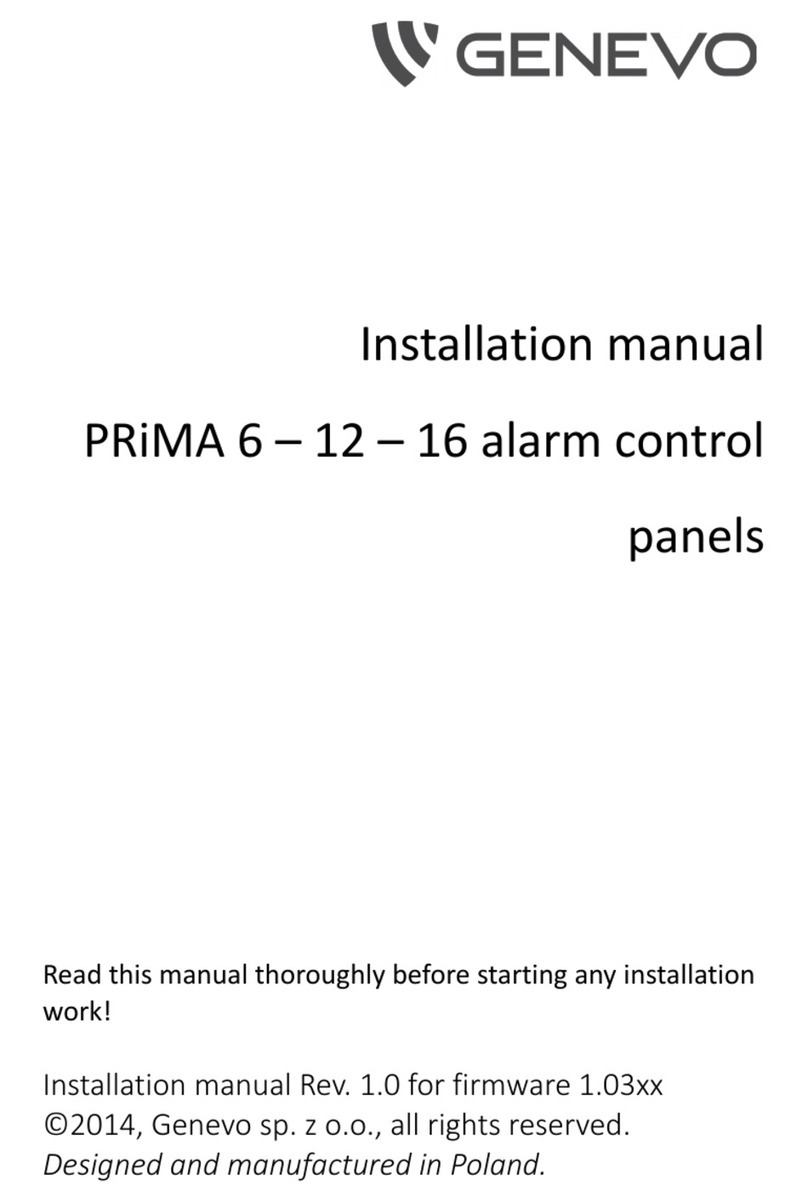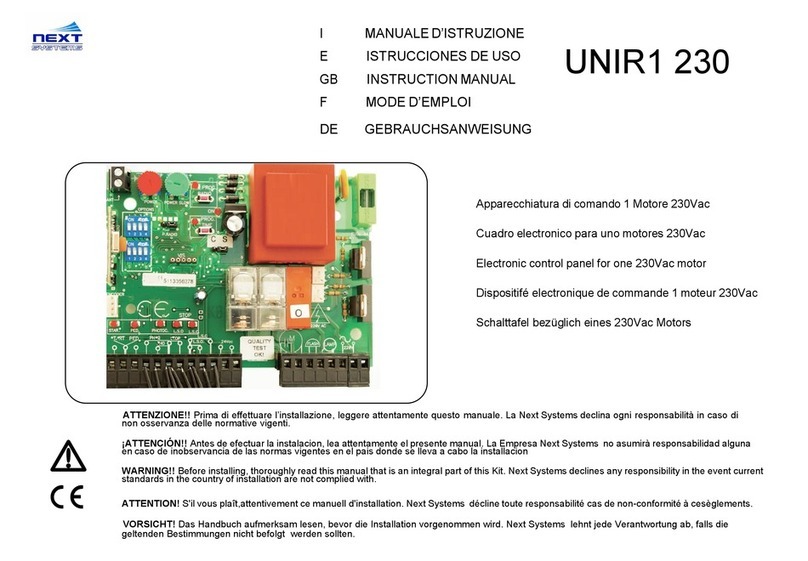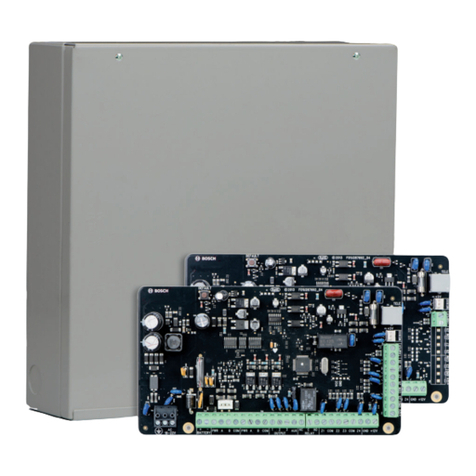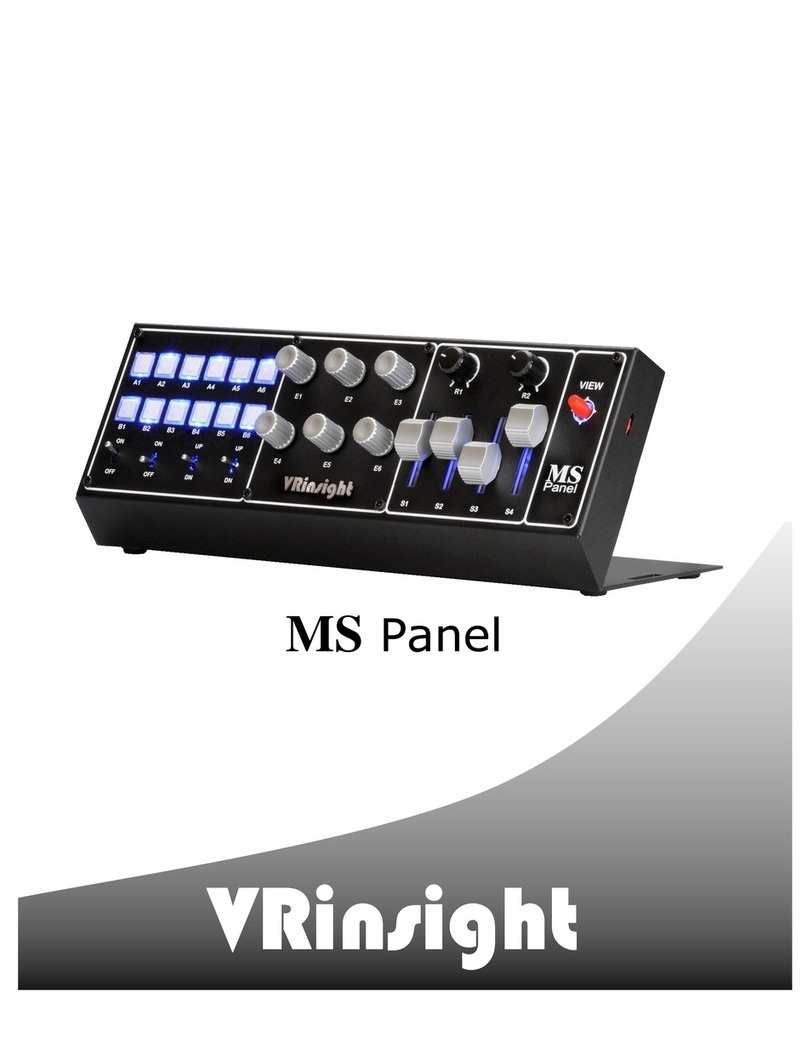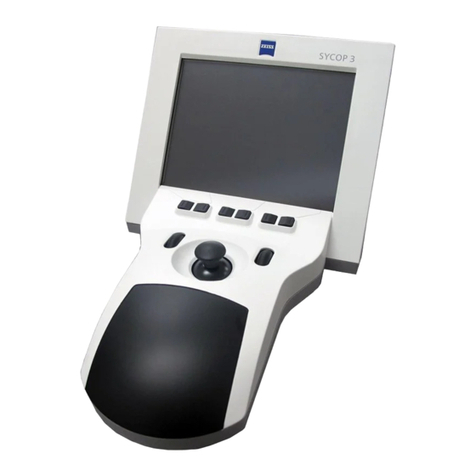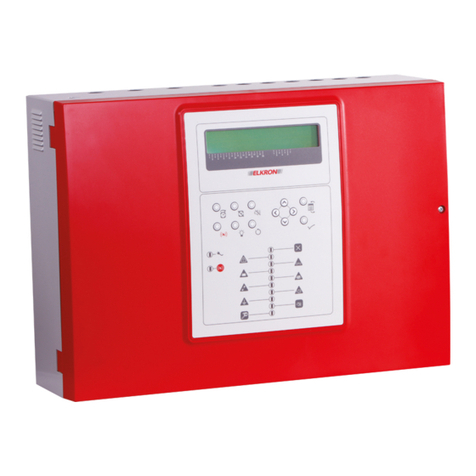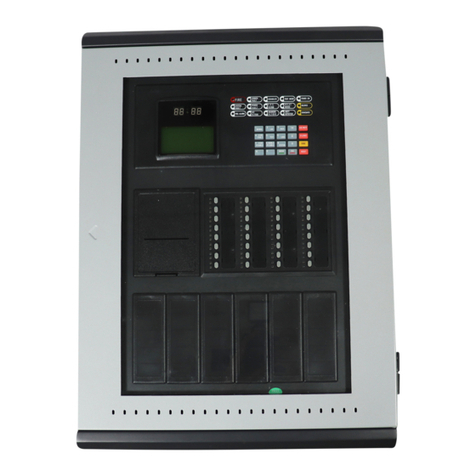
Instruction Manual
D103272X012
LCP100 Local Control Panel
August 2012
2
Table 1. Specifications
Power Options (switch selectable)
JExternal: 24 VDC +/- 10% @ 50 mA maximum
continuous current (100 mA maximum inrush)
JLoop: 8‐20 mA (LCP100 and DVC6200 SIS
combined)
Temperature Limits(1)
-40 to 65_C (-40 to 149_F)
Maximum distance between LCP100 and DVC6200
SIS digital valve controller
Cable length is limited by maximum cable
capacitance of 18000 pF. Typical 56 meters (185 feet)
with 18 AWG shielded Audio, Control and
Instrumentation Cable.
Electrical Classification
CSA— Ex em IIC T4
Suitable for Zone 1 and Zone 2 locations
ATEX— Ex e mb [ib] IIC T4 Gb
Suitable for Zone 1 and Zone 2 locations
IECEx— Ex e mb [ib] IIC T4 Gb
Suitable for Zone 1 and Zone 2 locations
Refer to Hazardous Area Classifications and Special
Instructions for “Safe Use” and Installation in
Hazardous Locations, starting on page 3, for specific
approval information.
Electrical Housing
IP66
Electromagnetic Interference (EMI)
Tested per IEC 61326 (2002). Complies with
European EMC Directive. Meets emission limits for
class A equipment (industrial locations). Meets
immunity requirements for industrial locations (Table
A.1 in the IEC specification document). Immunity
performance is shown in table 2.
Connections
Conduit: 3/4 NPT or M20
Wiring
14 to 26 AWG
Torque Specifications
Wiring terminals: 0.5 NSm (4.5 inSlbs)
Electrical Installation
Wire connections are polarity sensitive
Compatibility
DVC6200 SIS with Firmware revision 3 or later
DVC6000 SIS with Firmware revision 7 or later
Installation Orientation
Wiring entrance must be pointed down for
self‐draining
Dimensions
253.1 mm (10 inches) long by 109.5 mm (4.3 inches)
wide by 127.8 mm 5 inches) deep. See figure 6.
Construction Materials
Housing material: filled polyester
Approximate Weight
2.2 kg (4.9 lbs)
1. The pressure/temperature limits in this document and any applicable standard or code limitation should not be exceeded.
2. Contact your Emerson Process Management sales office for information on pending approvals.
Description
The LCP100 local control panel is used with the HARTrcommunicating DVC6200 SIS digital valve controller. This panel
is used to manually open and close a safety shutdown valve. The LCP100 also provides a manual reset feature as well as
a button for initiating a partial stroke test.
Specifications
Typical specifications for the LCP100 local control panel are shown in table 1.
